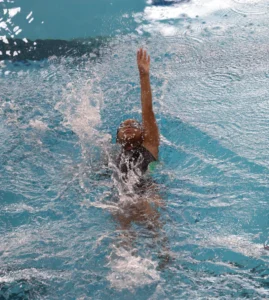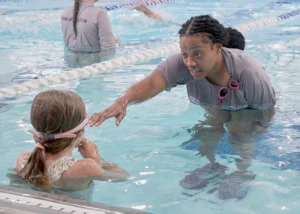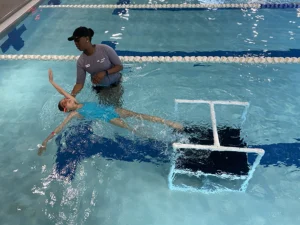Water Safety Swimming Lessons by Age: What to Prepare for and When
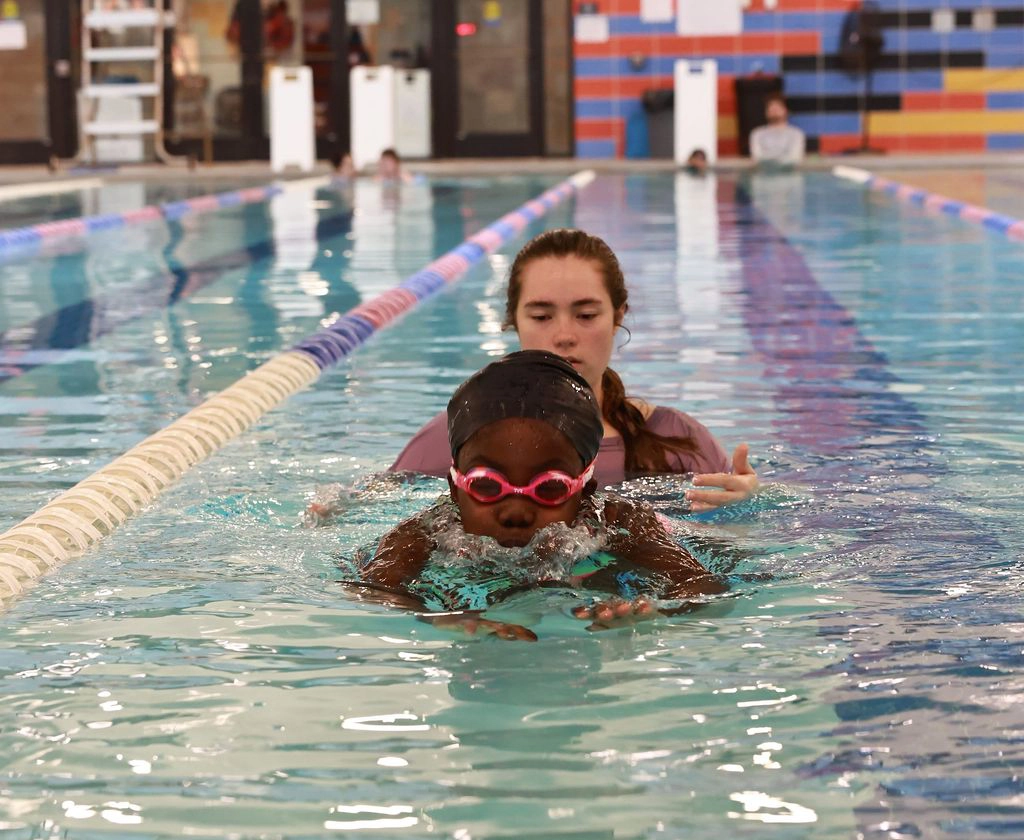
Parents, you know that moment when you realized your little one could unlock AND open up the back door by himself? And you’re standing there thinking, ‘that happened a lot sooner than I was prepared for— what’s next?’ That’s exactly why water safety for kids can’t be an afterthought.
Kids develop new abilities overnight, and each new skill comes with an opportunity for them to get into some trouble.
Here’s what we know: Drowning is the leading cause of accidental death for children aged 1-4. And it can happen to any family. But the good news is that it’s almost entirely preventable when you know what to watch for by age!
Babies (0-12 Months): The Foundational Year
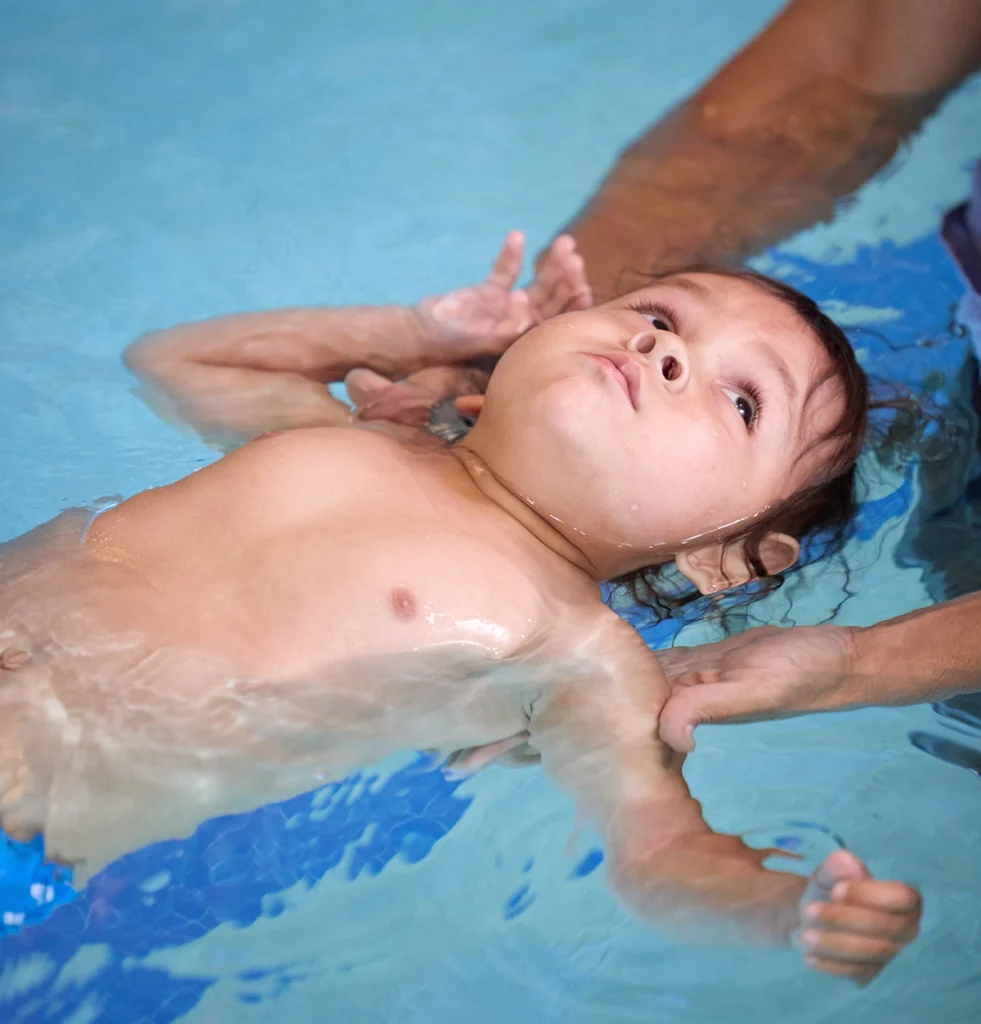
Just because these sweet ones might not be able to walk yet doesn’t mean they are not vulnerable around water. We’re talking about drowning in less than 2 inches of water, which means there are hazards lurking in places you’d never considered before.
Parents naturally think about pool drownings, but even bathtubs and buckets can become risks.
Hot Tip: The “touch supervision” rule means you should always be close enough to reach out and physically touch your baby without taking a step. This applies everywhere, including bathtubs, kiddie pools, and even pet water bowls.
Hidden Danger: Bath seats create a false sense of security. These plastic seats can tip over, and babies can slip underneath. They’re convenience items, not safety devices.
You can start building positive water experiences during bath time—keep it fun and relaxed, letting babies splash and play. Just never leave them alone, not even for a second.
After six months of age, babies can take Infant Swimming Resource™ (ISR) classes that teach them essential water survival skills.
Toddlers (1-4 Years): The Danger Zone
This is the age that scares every parent, and rightfully so. Toddlers are basically tiny daredevils with no sense of self-preservation. They can climb out of cribs, unlock doors, and move toward water faster than you’d think possible.
What makes toddlers so dangerous around water? They’re curious and surprisingly athletic, but they have no understanding of the consequences. They see water and think “fun!” not “danger.” Plus, they’re a little top-heavy with big heads and short arms, which makes it more difficult to pull themselves out of water if they were to fall in head-first.
Critical water safety rules for toddlers:
- Install proper pool fencing with self-closing, self-latching gates
- Maintain constant visual supervision around any water
- Teach simple rules through repetition
- Remember that drowning is usually silent
- Know that drowning can happen in less than 30 seconds
Hot Tip: Use the “designated water watcher” system during parties. One adult takes responsibility for watching kids around water – no phones, no distractions. When they need a break, they physically hand off the responsibility.
Hidden Danger: Water wings and puddle jumpers give toddlers false confidence. They learn to depend on these instead of developing real water safety skills. Use Coast Guard-approved life jackets around the water instead.
This is when water safety swimming lessons become incredibly valuable. ISR programs teach survival skills, such as floating and self-rescue, while traditional lessons focus on water comfort and basic swimming techniques.
Preschoolers (4-6 Years): Building Skills

Finally, at 4-6 years old, kids are at an age where they can understand and follow more complex safety rules! Preschoolers can listen to instructions, communicate when they’re in trouble, and begin to understand why rules exist.
Water safety milestones for preschoolers:
- Following multi-step safety instructions
- Recognizing dangerous water situations
- Learning proper water entry techniques
- Understanding the “buddy system”
- Swimming independently with supervision
Hot Tip: Teach the “reach or throw, don’t go” rescue concept. Preschoolers can learn to get help or use a pool tool rather than jumping in themselves.
Hidden Danger: Overconfidence becomes a real issue. Kids who can swim a little might venture into deeper water than their skills can handle. Keep supervising closely.
This is the perfect age to transition from ISR classes to Learn-to-Swim lessons, where they can build on their water skills.
School Age (7-12 Years): Growing Independence
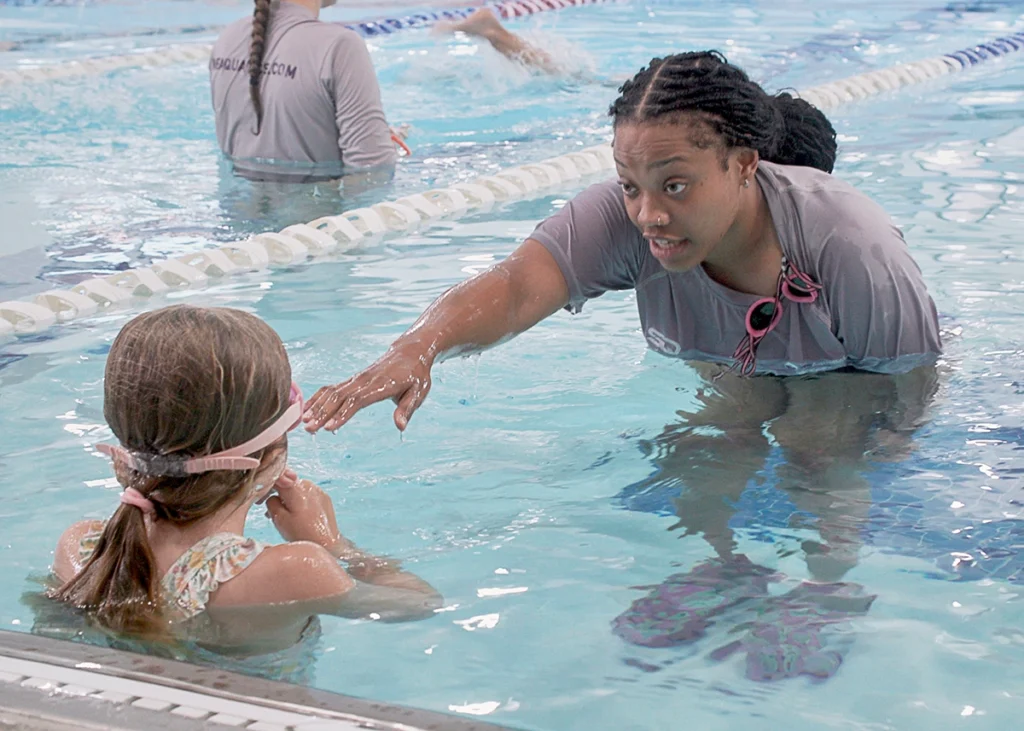
School-age kids can finally take some responsibility for their safety while still needing adult supervision. They can understand complex safety concepts and start learning advanced water skills.
Advanced concepts for school-age kids:
- Understanding rip currents and how to escape them
- Recognizing the signs of someone struggling in water
- Learning equipment-based rescue techniques
- Understanding cold water dangers
- Practicing safe diving in appropriate areas only
Hot Tip: Teach “look before you leap” for any water entry. Kids should always check depth, look for obstacles, and assess conditions before entering water.
Hidden Danger: Peer pressure becomes a significant issue. Kids might attempt dangerous activities to impress friends. Role-play scenarios help them practice saying no to unsafe dares.
Your Family Water Safety Plan
Water safety really is a multi-layered approach. It’s much more than a gate around the pool or wearing a lifejacket at a pool party. And these levels of protection change as children grow. Stay one step ahead by understanding what their new abilities mean for water safety, and always be ready to adjust!
Ready to build your family’s water safety plan? Contact WeAquatics today to learn about water safety swimming lessons designed for every age. From survival skills for babies to advanced training for school-age kids, we help families develop the water confidence and skills that create lifelong safety.

